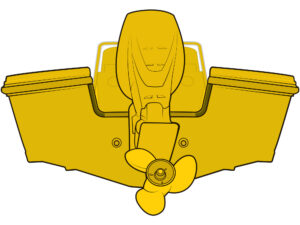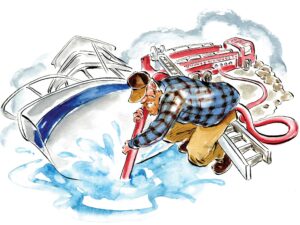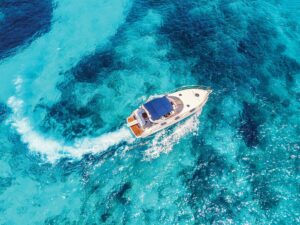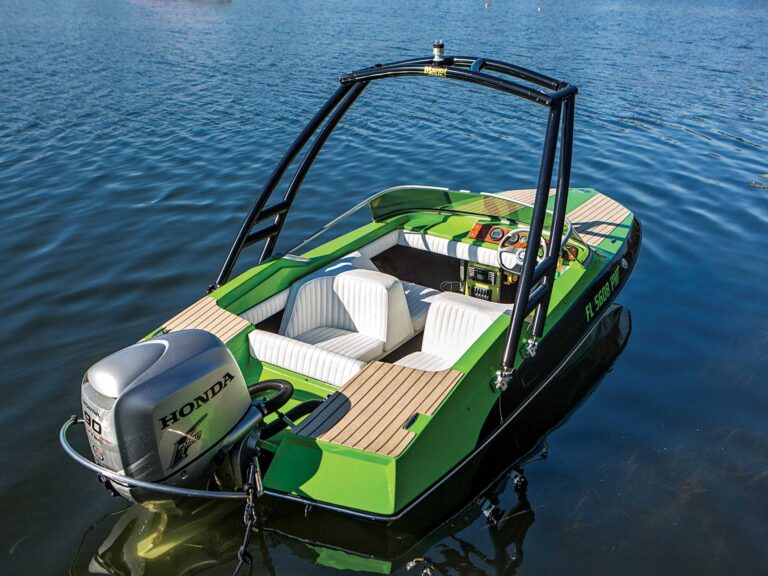There’s nothing like a windlass to take the sweat out of anchoring. But according to many windlass manufacturers to whom we spoke, most people haven’t a clue about using one. There’s more to it than just pushing the “up” or “down” button. Use these tips to help choose the best windlass for your needs and to keep it working smoother, longer and safer.
On the Spot
“Free fall” windlasses allow you to drop the hook quickly. They’re a good option when strong currents and brisk winds are typical, since the hook slips down fast before you start drifting off. A “power down” windlass requires more planning and better boat control.
Belay That Rode
A windlass should never be used to hold the boat. That’s what cleats are for. Always belay the anchor rode to a cleat or samson post to take the strain off the windlass; otherwise the tension will cause the gypsy to fail. A nylon line with a chain hook can serve as a shock-absorbing snubber.
Heave-No!
Do not use the windlass to pull the boat forward. Motor forward using the windlass solely to take up the slack on the line or chain. Use the forward motion of the boat to free the anchor, and when it’s clear, use the windlass to bring it out of the water and onto the roller or bow pulpit.
Sea Cure It
Once the anchor is up, secure it with an anchor lock, a chain stopper or a line to a cleat to take strain off the windlass. An anchor sitting on a bow roller causes lots of stress, especially when you’re throttling wide open through a stinky chop. Self-deployment is a bad thing.
Too Slick
A key to smooth windlass operation is a rode incorporating a rope-to-chain splice, like those from Maxwell (maxwellmarine.com, prices vary). Or you can make your own. Jim Hendricks will show you how in the video below, and read his blog for tips on how to choose a windlass. — Kevin Falvey









